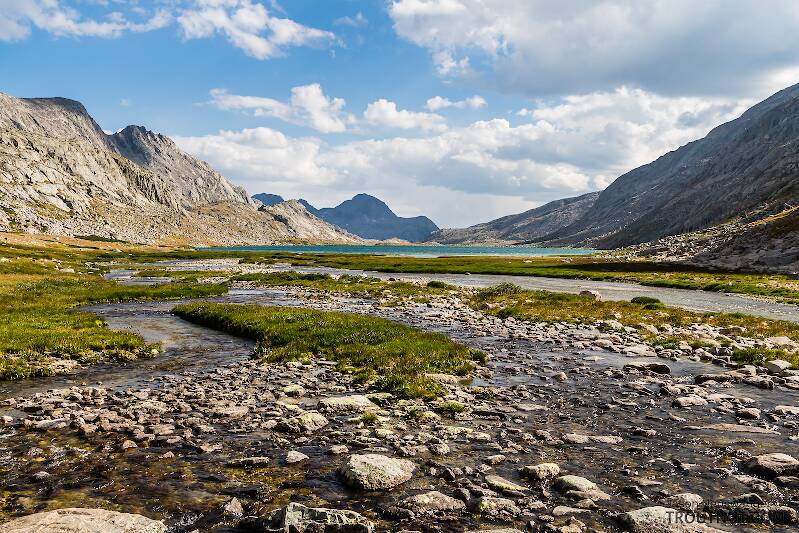
Hex Mayflies
Hexagenia limbata
The famous nocturnal Hex hatch of the Midwest (and a few other lucky locations) stirs to the surface mythically large brown trout that only touch streamers for the rest of the year.


Mayfly Species Paraleptophlebia volitans
Where & when
In 19 records from GBIF, adults of this species have been collected during July (37%), June (26%), August (11%), May (11%), April (11%), and October (5%).
Species Range
Physical description
Most physical descriptions on Troutnut are direct or slightly edited quotes from the original scientific sources describing or updating the species, although there may be errors in copying them to this website. Such descriptions aren't always definitive, because species often turn out to be more variable than the original describers observed. In some cases, only a single specimen was described! However, they are useful starting points.
Male Spinner
Wing length: 5-6 mm
A species with pale abdomen marked with purplish brown.
Head and thorax shiny brownish black. Legs dull whitish. Wings hyaline, veins pale. About 16 stigmatic cross veins; simple, slightly curved, not anastomosed. Fore wing narrowly brownish at the extreme base.
Abdomen hyaline white on segments 3-7; tergite 2 dark brown; segments 8-10 dark blackish brown, opaque. Tergites with narrow brown bands on the posterior margins, and irregular purplish brown markings dorsally and laterally on 5 and the apical segments. A series of short, lateral, longitudinal dark dashes above the spiracular line, each on the posterior margin of the tergite. Sternite 2 faintly shaded with brown; the apical sternites lighter brown than the corresponding tergites. Ganglionic patches outlined in ruddy brown. Forceps white. Penes separated for about half their length by a V-shaped notch; rather lyre-shaped in general appearance. The reflexed lobes are short, horse-shoe-shaped at the tip, and not visible from above (see fig. 133).
Start a Discussion of Paraleptophlebia volitans
References
- Needham, James G., Jay R. Traver, and Yin-Chi Hsu. 1935. The Biology of Mayflies. Comstock Publishing Company, Inc.
Mayfly Species Paraleptophlebia volitans
Species Range
Resources
- NatureServe
- Integrated Taxonomic Information System
- Global Biodiversity Information Facility
- Described by McDunnough (1924)

